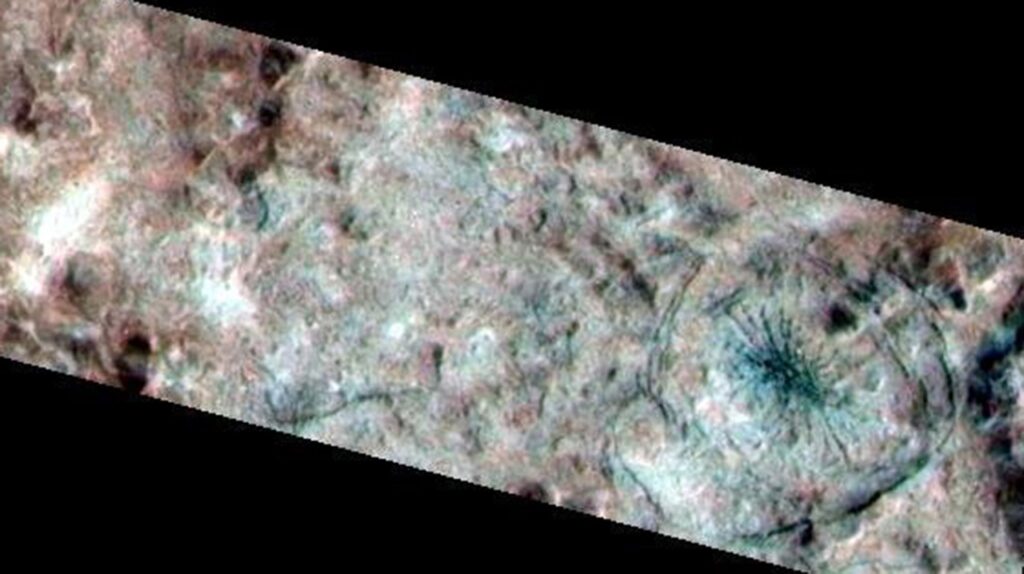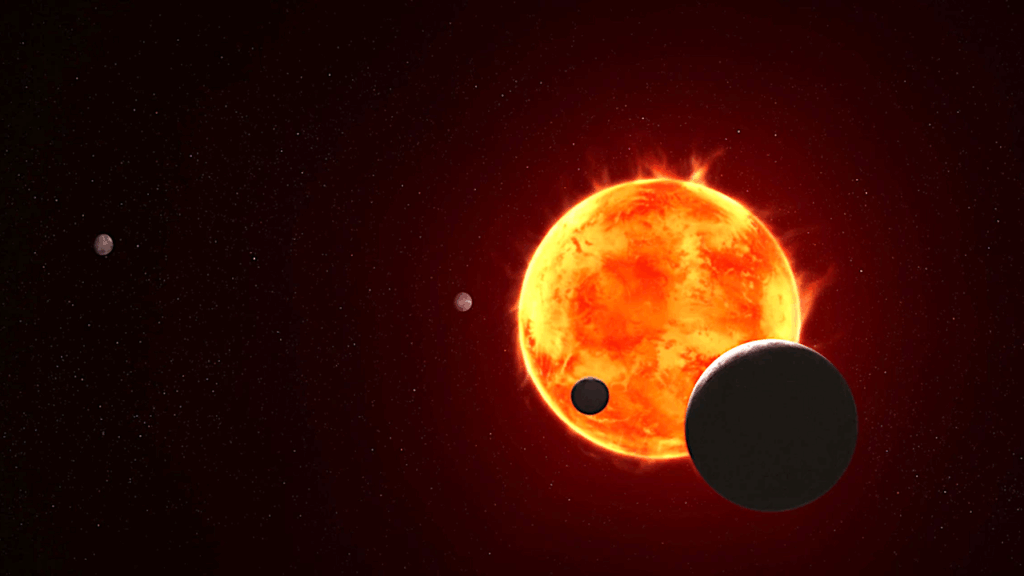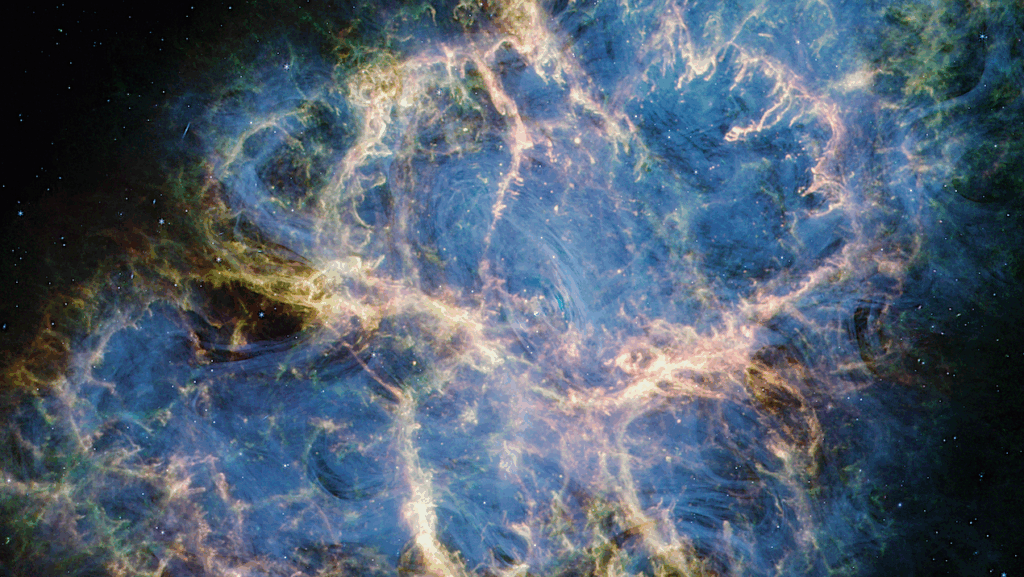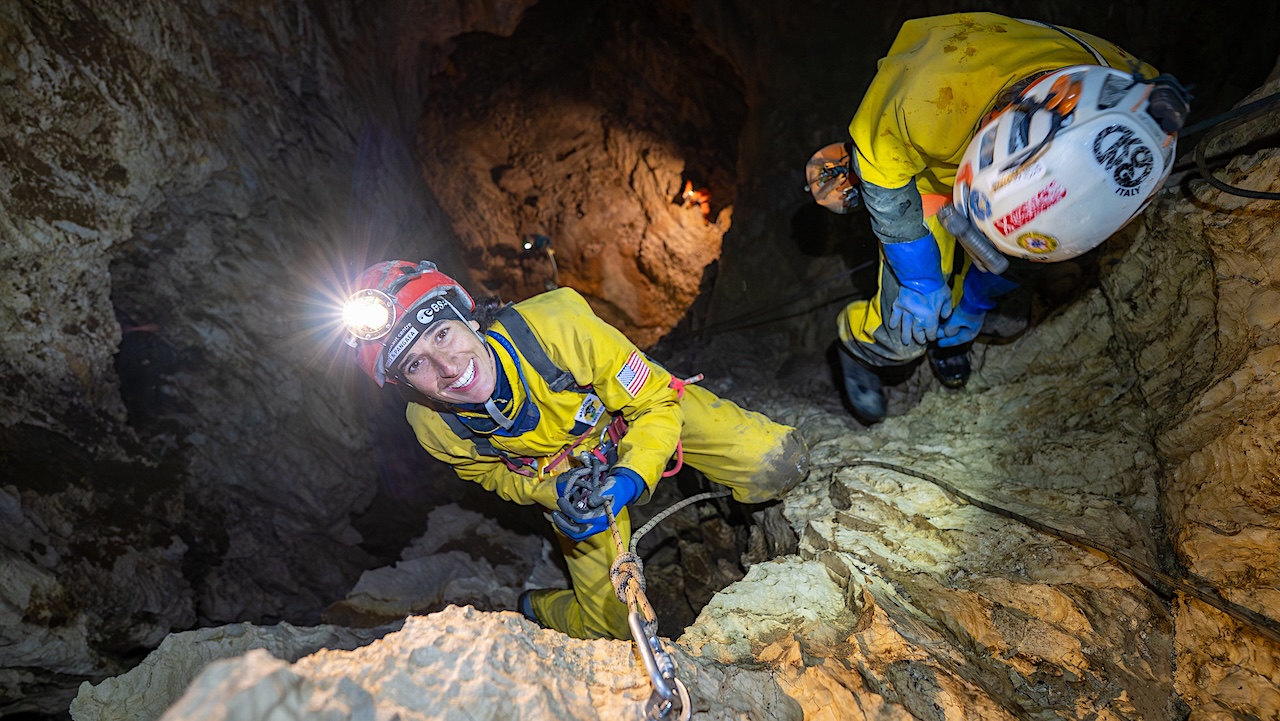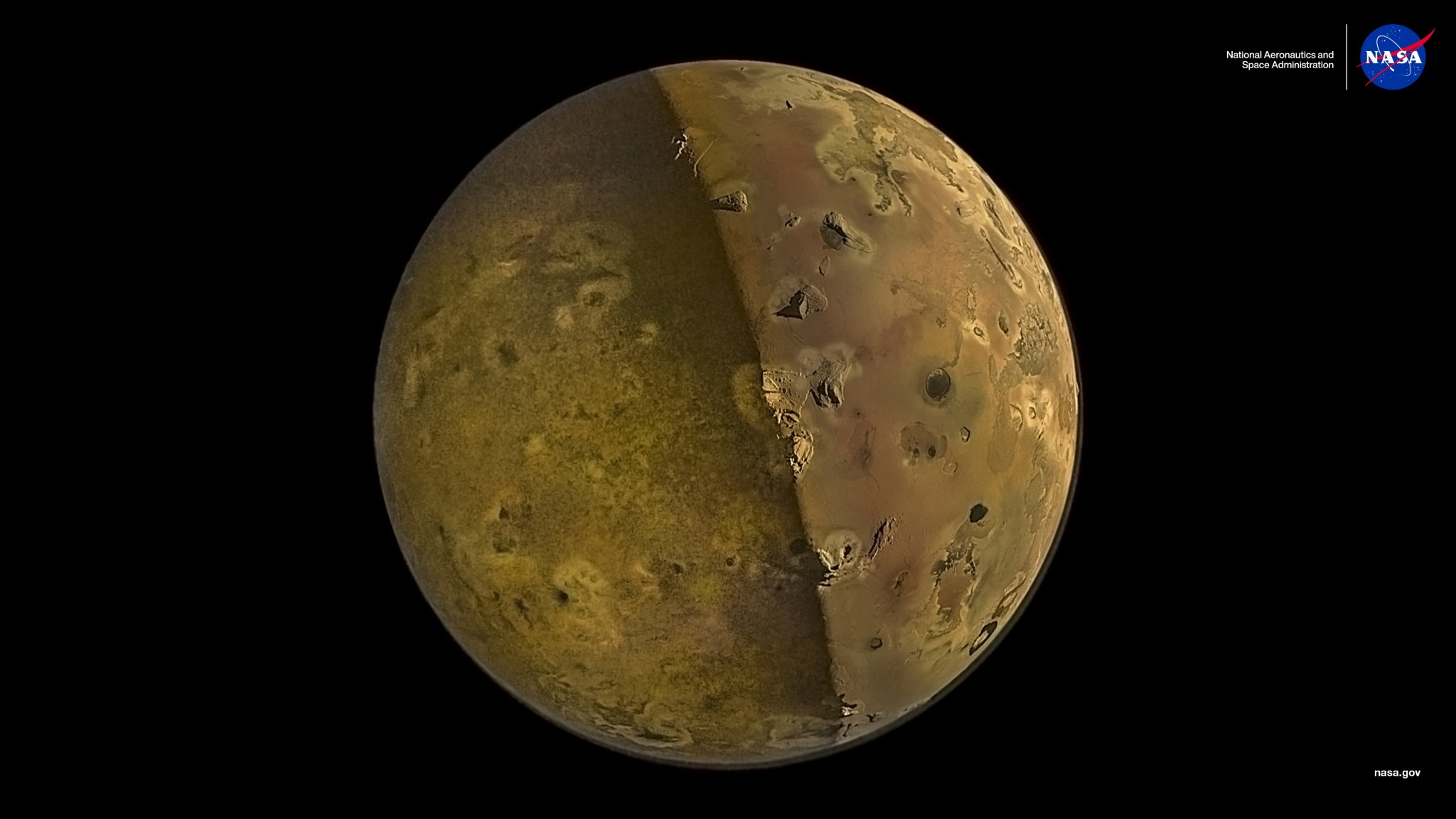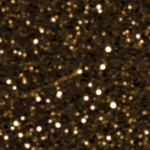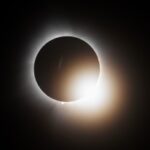Now Reading: Debris Disks And Their Properties With The Habitable Worlds Observatory
-
01
Debris Disks And Their Properties With The Habitable Worlds Observatory
Debris Disks And Their Properties With The Habitable Worlds Observatory
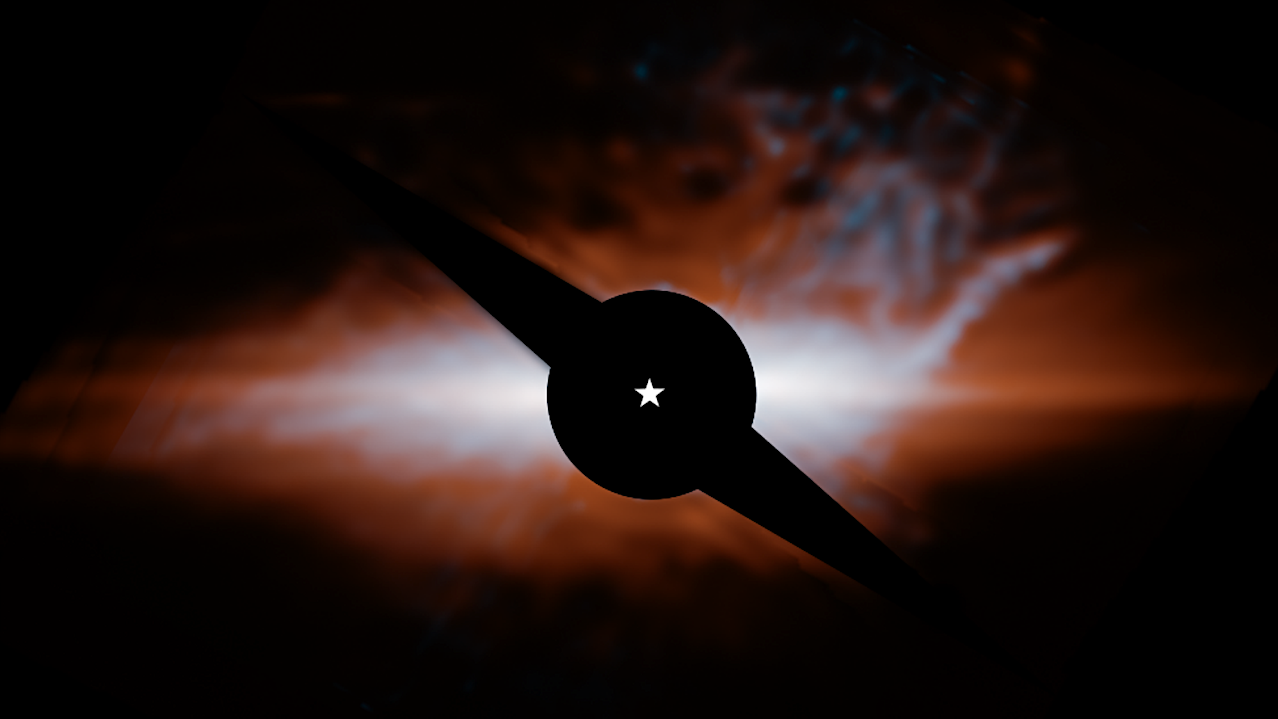

Figure from Rebollido et al. (2024). The debris disk around Beta Pictoris seen with JWST/MIRI. — astro-ph.IM
The study of the last stages of planet formation, also known as debris disks, is fundamental to place constrains on the formation of planetary sized bodies.
Debris disks are composed of dust and occasionally small amounts of gas, both released through dynamical interactions of small rocky bodies and dust particles, such as collisions and evaporation.
The distribution of the dust can reveal the presence of forming planets and its composition can directly trace that of comets, asteroids and even planets. While we have been observing debris disks for 40 years now, most observations so far have been restricted to the cold outer regions of the system, and therefore information of the terrestrial zone is still missing.
The improved spatial resolution, inner working angle and sensitivity that the Habitable Worlds Observatory will provide will enable a much closer look into the structure and composition of debris disks (particularly of its inner region) and enable the search for the forming rocky planets within the disk.
Comments: Part of the HWO Solar Systems in Context working group Endorsers: Narsireddy Anugu, Nicholas Ballering, Aarynn Carter, Gianni Cataldi, Miguel Chavez Dagostino, Denis Defrère, Vincent Esposito, Ryan Fortenberry, Luca Fossati, Eunjeong Lee, Briley Lewis, Briley Lewis, Meredith MacGregor, Stanimir Metchev, Patricio Reller, Pablo Santos-Sanz, Antranik Sefilian, Sarah Steiger, Schuyler Wolff
Isabel Rebollido, Yasuhiro Hasegawa, Meredith MacGregor, Bin Ren, Mark Booth, Jonathan Marshall, Courtney Dressing, Patricia Luppe
Subjects: Instrumentation and Methods for Astrophysics (astro-ph.IM); Earth and Planetary Astrophysics (astro-ph.EP); Solar and Stellar Astrophysics (astro-ph.SR)
Cite as: arXiv:2509.21407 [astro-ph.IM](or arXiv:2509.21407v1 [astro-ph.IM] for this version)
https://doi.org/10.48550/arXiv.2509.21407
Focus to learn more
Submission history
From: Isabel Rebollido
[v1] Wed, 24 Sep 2025 21:42:38 UTC (485 KB)
https://arxiv.org/abs/2509.21407
Astrobiology
Stay Informed With the Latest & Most Important News
Previous Post
Next Post
-
 012024 in Review: Highlights from NASA in Silicon Valley
012024 in Review: Highlights from NASA in Silicon Valley -
 02Panasonic Leica Summilux DG 15mm f/1.7 ASPH review
02Panasonic Leica Summilux DG 15mm f/1.7 ASPH review -
 03How New NASA, India Earth Satellite NISAR Will See Earth
03How New NASA, India Earth Satellite NISAR Will See Earth -
 04And Thus Begins A New Year For Life On Earth
04And Thus Begins A New Year For Life On Earth -
 05Astronomy Activation Ambassadors: A New Era
05Astronomy Activation Ambassadors: A New Era -
06SpaceX launch surge helps set new global launch record in 2024
-
 07From Polymerization-Enabled Folding and Assembly to Chemical Evolution: Key Processes for Emergence of Functional Polymers in the Origin of Life
07From Polymerization-Enabled Folding and Assembly to Chemical Evolution: Key Processes for Emergence of Functional Polymers in the Origin of Life












